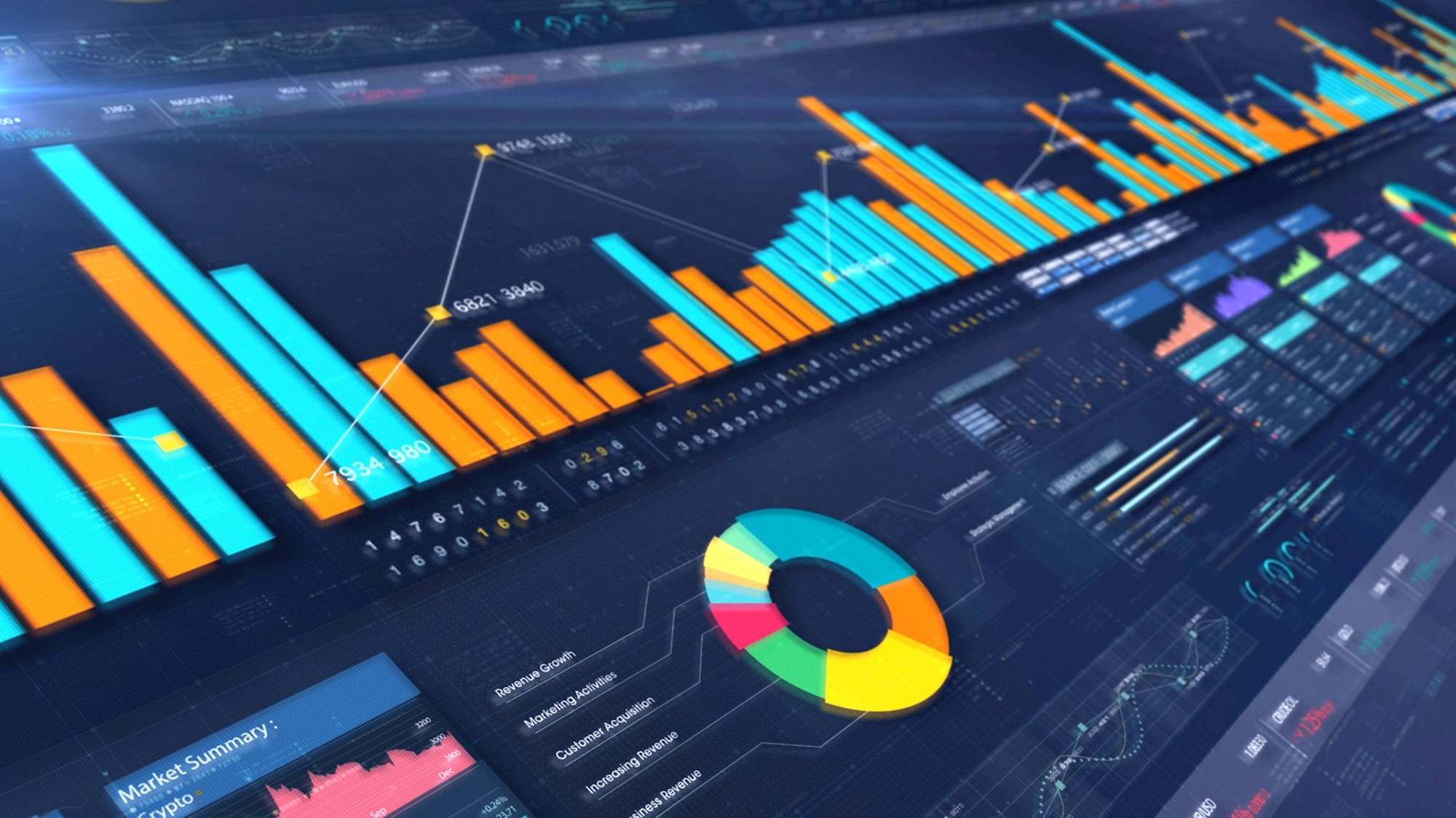The purpose of this analysis is to replace the inaccurate data for the 9th graders at Thomas High School while keeping the same data. We performed the same analysis that we completed on the module. We analyzed the data by looking at the following: total school budget, per student capita, average math and reading score, the passing percent for math and reading, and the overall passing percentage.


The our main goal with our analysis is to create a multiple-line graph that shows the total weekly fares for each city type. PyBer operates in three types of cities: urban, suburban, and rural. In our previous analysis we looked at the ride count, average fare per ride, and average number of drivers, all categorized by the type of city. Additionally, we compared each city's metrics and the average ride fare to the total number of rides per city. For this challenge, we created a summary data frame that organized total rides, total drivers, total fares, average fare per ride, and average fare per driver and the multiple line plot.

Credit risk is an inherently unbalanced classification problem, as good loans easily outnumber risky loans. Different techniques were used to train and evaluate models with unbalanced classes. Various libraries and algorithms were used to build and evaluate models using resampling.

The goal of this analysis is to create a report that includes the types of cryptocurrencies on the trading market and a classification system to group the currencies for cliente investment portfolios. Since the output is unknown, the most appropriate model to create the analysis would be unsupervised learning and clustering algorithms to group the currencies.

The purpose of this project is to compare how different fundraising campaigns fared in relation to their launch dates and their funding goals. Louise's play Fever came close to its fundraising goal in a short amount of time. Using the dataset that I cleaned up I was able to create different tables and graphs to compare the campaigns.

The goal of this analysis is to create an automated pipeline that reads new data, performs transformations to clean and condense the data, and loads the data into existing tables.

The goal of the project is to analyze metrics that can affect the manufacturing a new car prototype and compare vehicle performance across different manufacturer lots. These metrics include vehicle length, weight, spoiler angle, ground clearance, AWD capabilities, MPG, and PSI.






